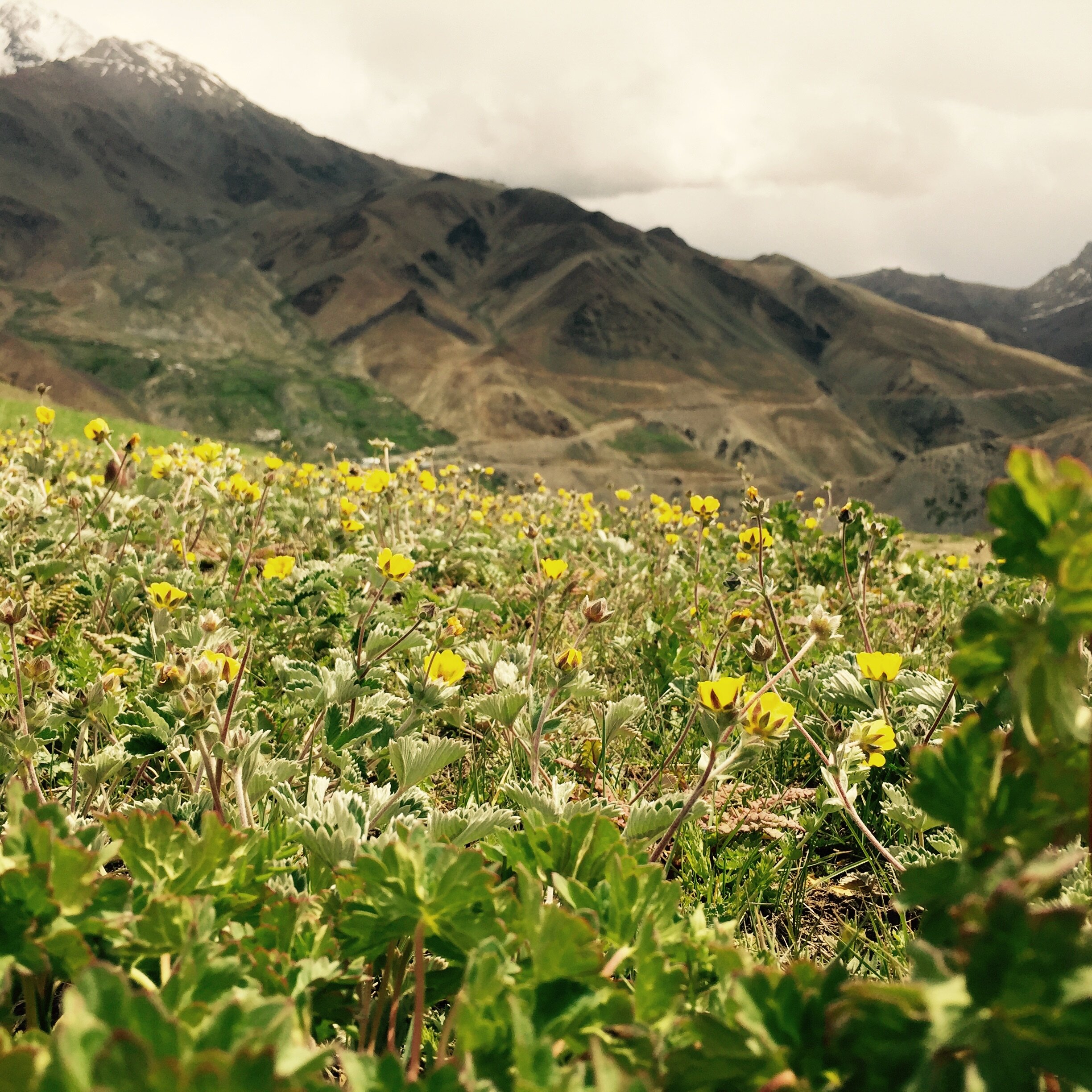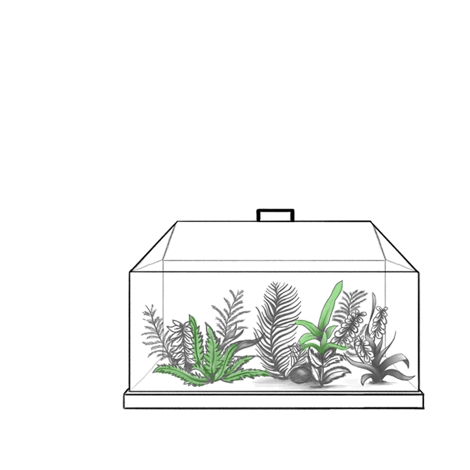
The Tropicalist Trust in Kargil
We aim to enhance the rich agricultural traditions and natural heritage of the Kargil cold desert.
Our Vision
In contrast to traditional economic development, place-based development models emphasize the topos (Greek: TÓPOV, place). Societies and cultures evolve in response to topographies, and any meaningful attempt at economic development must acknowledge the characteristics and meaning of a place to its own residents as a fundamental starting point. The objective of place-based development is to enhance the culture within a particular topography, not to displace it with an imported set of norms and practices.
This is the approach favored by the Tropicalist Trust in our work in Kargil, in the cold desert Himalayas. Like many desert environments, Kargil is a land of extremes. Temperatures range from a low of -50°C in the winter to a high of 38.4°C in the summer. It has a short growing season of 5 months and average annual rainfall of 337 mm. Out of a total area of roughly 14000 sq. km, only 117 sq. km is cultivated.
The casual visitor from tropical India, so used to an abundance of green, is struck by the aridity of Kargil’s desert landscape. It seems incredible, at first glance, that this ecosystem could sustain life, let alone a people whose generosity and cultured manner is typically indicative of more fecund lands.
Yet, Kargil is home to an abundance of species of medicinal and aromatic plants, whose value is well known to its local healers. Traditional knowledge of these valuable properties has allowed a relatively high standard of living in this cold desert. Over centuries, Kargil’s medicinal plant resources came to be appreciated further afield, whether in Sowa Rigpa, Ayurveda or Traditional Chinese Medicine.
Today, if these species were entered into cultivation, using a place-based, traditional agroforestry-based approach, it would a) help stem biodiversity loss given wild populations are subject to poaching pressures; b) provide farmers with a good source of income that is diversified from a monocrop like apricot; c) potentially control the damage from ever more frequent flash floods, as native plants have been shown to do in other flash-flood prone regions; d) minimize the need to introduce other cash crops/ new species into the ecosystem, limiting their potentially adverse environmental impact; e) conserve the carbon sequestration capacity of the cold desert, further allowing farmers to tap into another source of revenue via the carbon finance market; and f) accord appropriate value to traditional indigenous knowledge via an access and benefit sharing mechanism, while translating it for the modern healthcare system.
Place-based development requires a collaborative, rather than disruptive approach, since, although the capital may come from elsewhere, the expertise is local. This gives the local partners a much louder voice in how their resources should be developed. In a sense, they become the authors of their own development paradigm, drawing upon centuries of evidence-based environmental management practices to determine how best to enhance their topos.
Where we work
We have conducted surveys, workshops and training in the following areas of Kargil district:
Suru valley
Panikhar
Lankarchey
Thasgam
Rangdun
Pashkum
Shargole
Hanaskut valley
Mushkoo valley






